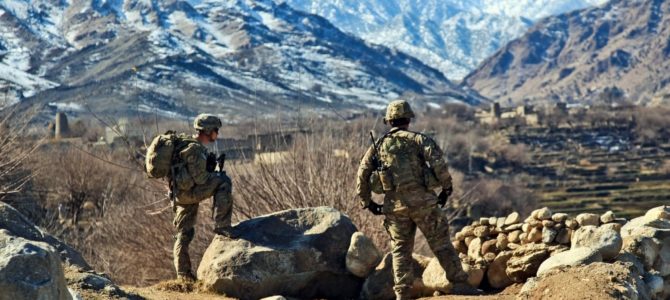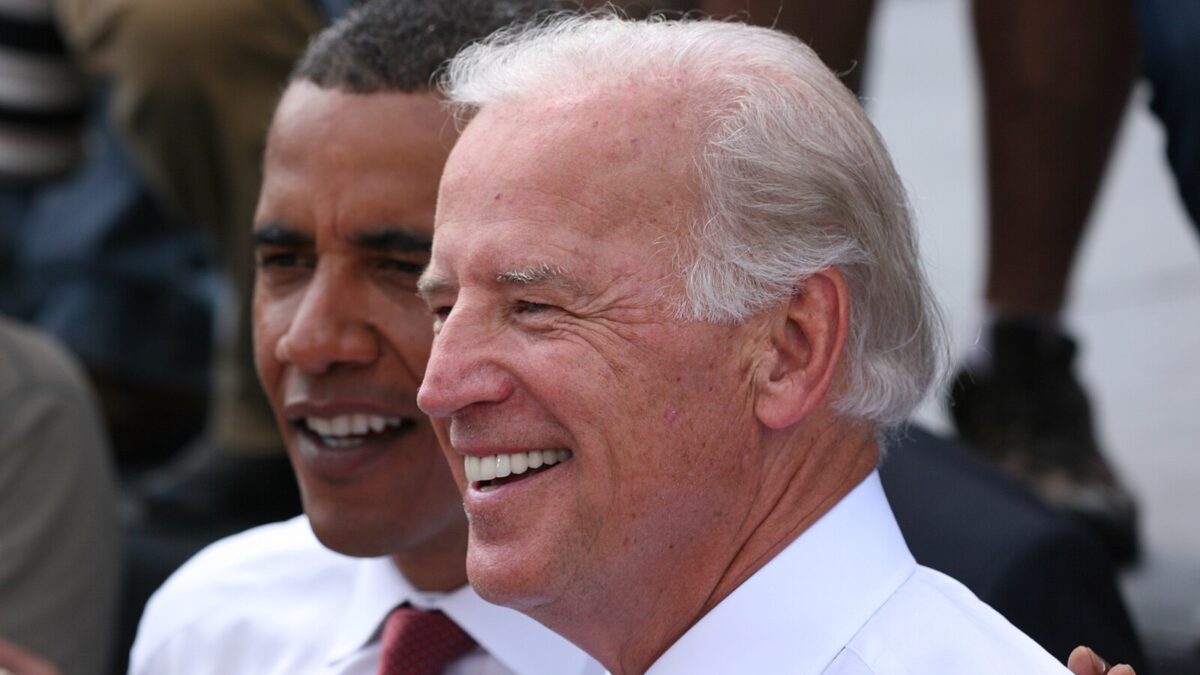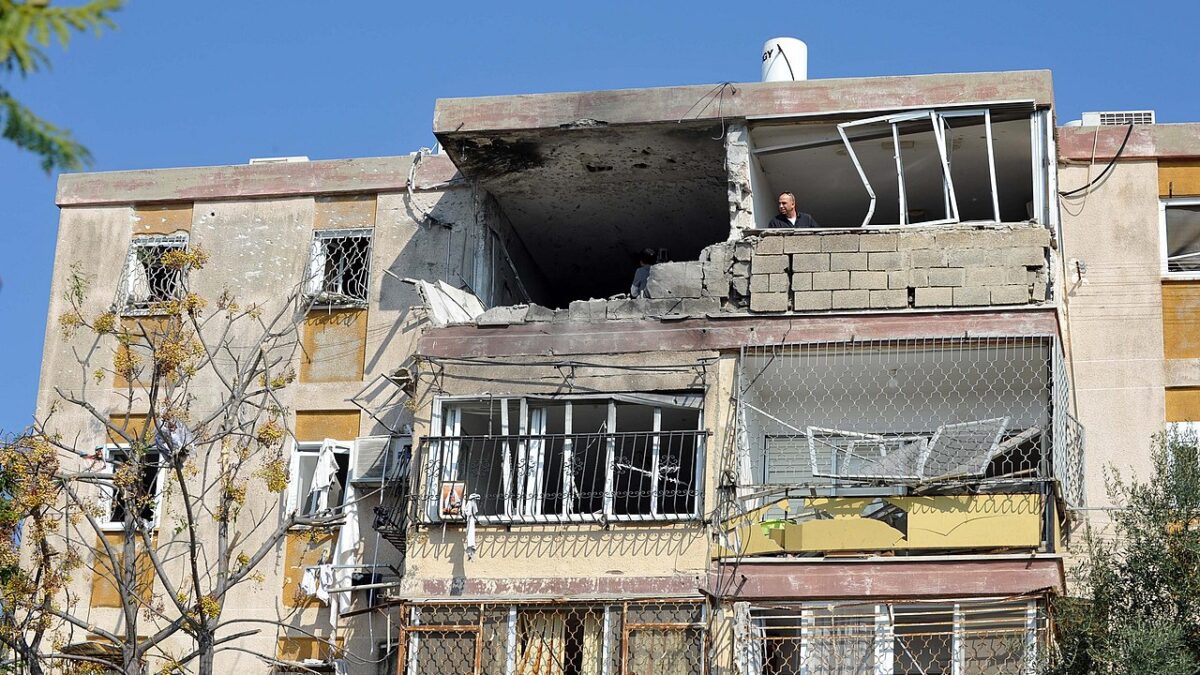
On September 26, 2001, CIA teams infiltrated Afghanistan to seek out and organize Afghanis willing to topple the Taliban-controlled government. U.S. Army Special Forces advised and assisted Afghani allies in taking back their country, and by December 6, Taliban forces left their last stronghold in Kandahar.
A little more than two months after the United States began its retaliation campaign against those who harbored the terrorists responsible for September 11, Afghanistan was no longer a clear haven for those planning to harm America.
Ten years later, on May 2, 2011, U.S. Navy SEALs launched a raid that killed Osama bin Laden, the man behind the deadliest attack on U.S. soil since Pearl Harbor. That was nine years ago. The pertinent question then remains: Why are Americans still dying in Afghanistan?
How Did it Come to This?
Several factors have allowed this conflict to become the longest war in American history. Through advances in equipment, medicine, and technology, the survivability rate for American soldiers is the highest on record. According to the Department of Defense casualty statistics, 20,354 American service members have been wounded in Afghanistan, with 1,868 killed in action — a 90 percent survivability rate for those wounded in combat in Afghanistan.
Frankly, it is easy for Americans to forget the dangers of front-line war service when the shocking numbers aren’t leading each night of the evening news. Baby Boomers saw images of wounded or dead American soldiers beamed into their TV sets night after night while the Vietnam War raged. Not so with Afghanistan. Miraculous advances in protective technology and life-saving medicine allow politicians and high-ranking military officials to avoid answering for the human cost of the conflict.
As relatively low killed in action numbers have allowed Americans and politicians alike to forget that the war continues apace, so has the fact that the war began as a direct result of an attack on American soil. Like Pearl Harbor in 1941, the country put aside all differences and came together. Individuals enlisted into the Armed Forces, donated their time and money to reconstruction efforts, and supported striking back at the perpetrators.
Yet, after the invasion of Iraq in 2003 gained increasing media attention over its necessity, Afghanistan slipped into the background. When it was discussed, it was typically framed in positive contrast to the invasion of Iraq.
Yet even with a relatively low casualty rate and originally justified objective of the war, the fiscal costs of its execution are incredibly high. According to Brown University’s Cost of War Project, approximately $2 trillion has been spent on the Afghanistan War through December 2019. That $2 trillion could have gone towards a government program aimed at helping Americans, or simply been doled out in the form of a $5,714 check paid directly to every citizen of this country.
Shifting Objectives and Changing Narratives
In addition to the financial costs of the conflict, the war’s original objective has changed over time. Indeed, recent reporting has revealed that public and military officials directly mislead the American people on the course of the war.
The actual aims of the invasion of Afghanistan led by the Bush administration can be debated over their scope and feasibility; the tremendous support given to the invasion by the American people, however, was directly tied to counterattacking those responsible for the 9/11 attacks and those who harbored them.
In October 2001, 88 percent of Americans approved military action in Afghanistan. The military objectives at the time were to bring al-Qaida leadership to justice, prevent them from using Afghanistan as a safe haven, and remove the Taliban from power. From a practical perspective, all of these objectives had been accomplished by December of 2002.
But instead of turning the country over to the Afghanis that U.S. Special Forces had fought alongside to defeat the Taliban, the U.S. military began increasing its footprint and became tasked with assisting the new Afghani republic with establishing effective governance. The mission changed from a clearly defined and realistic military objective to one beyond the scope and expertise of the entities involved. According to a letter by Army Chief of Staff Mark Milley, the stated mission is of the U.S. military is, “To deploy, fight, and win our Nation’s wars by providing ready, prompt, and sustained land dominance by Army forces across the spectrum of conflict as part of the Joint Force.”
While the U.S. military can help provide security to the frontiers of warzones, it is simply not designed to help establish civil governance. Even if its post-Taliban role in Afghanistan is defined as providing security assistance to the new government, this in itself is not an objective with a tangible end state but a recipe for the perpetual conflict the U.S. military finds itself mired in.
Predictably, with increasing U.S. troop presence, casualties, and costs, members of Congress have occasionally attempted to clarify stated military goals and create some measure of accountability to the leaders of the war effort. But in December 2019, the publication of the so-called Aghanistan Papers revealed that high-ranking military and public officials lied to the American people for years.
Former White House war czar and three-star general Douglas Lute is quoted as saying, “We were devoid of a fundamental understanding of Afghanistan — we didn’t know what we were doing,” and, “We didn’t have the foggiest notion of what we were undertaking.” This was not the message conveyed by either the Bush or Obama administrations.
Even more alarming are revelations that false metrics were purposely cited to support the narrative that the war was proceeding effectively. Army Col. Bob Crowley relays, “Every data point was altered to present the best picture possible … surveys, for instance, were totally unreliable but reinforced that everything we were doing was right and we became a self-licking ice cream cone.” High-ranking members of two administrations and senior military commanders were aware of a clear lack of purpose in Afghanistan, yet lied to the American people to justify the continuing conflict.
Holding Leadership Accountable
Despite the low casualties and falsehoods peddled, it is remarkable that Americans have allowed the war to continue for 19 years with no end in sight. Comparatively, by 1968, just three years after the genuine beginning of the U.S. ground war in Vietnam, only 35 percent of Americans supported President Johnson’s handling of the war.
Although the North Vietnamese Tet Offensive was a genuine tactical victory for the United States, January 1968 marked a major turning point in public support for the war. The fierce foray of the North Vietnamese and Viet Cong forces showed the U.S. government had been feeding the American public lies about the true strength of the enemy.
From this point forward, what started as small protests centralized among liberal circles and college campuses spread throughout the country, gaining massive support. The general American public became weary of the war and voiced the desire to bring the war to an end. Why then, have we not seen the same public outcry over a war raging in Afghanistan for 19 years when it took just three years for the public to become angrily disenchanted with the Vietnam War?
The Afghanistan War has been prosecuted in a manner that places almost no accountability on political and military leaders. Because the Vietnam War required men to be drafted into military service, American towns across the country paid a price every day the war continued. Free people may support such a reality as long as the perceived gain is greater than the cost, but when the arithmetic starts to tip the other way, public support changes fast, serving as a way of holding politicians accountable for the decisions they make placing Americans in danger.
This dynamic has not existed in the execution of the Afghanistan War. The all-volunteer Army has eliminated the draft while Congress has delegated much of its constitutional war powers to the executive. The current war lives in a dangerous environment where a vast majority of the American people are unaffected, and public leaders can continue the conflict without having to answer for it.
The decision to go to war should not be easy. Politicians must be held directly responsible for the decisions they make and called out when they attempt to shirk responsibility. Military leaders are owed a clear and realistic objective, then, in turn, must also be held accountable for misleading politicians and the American public.
Ultimately, the responsibility of holding government and military officials accountable falls on the American public, regardless of political affiliation and or which party controls various branches of our Republic. The time to carry out this duty is long overdue.
An immediate withdrawal must be demanded, and with no excuses. After 19 years, $2 trillion, more than 20,000 wounded, and almost 2,000 killed, it’s time to end the war in Afghanistan.
The writer is a graduate of the University of Maryland and a member of the U.S. Army Special Forces since 2008. He currently serves as an Operations Sergeant, having deployed to five combat zones including Afghanistan.









